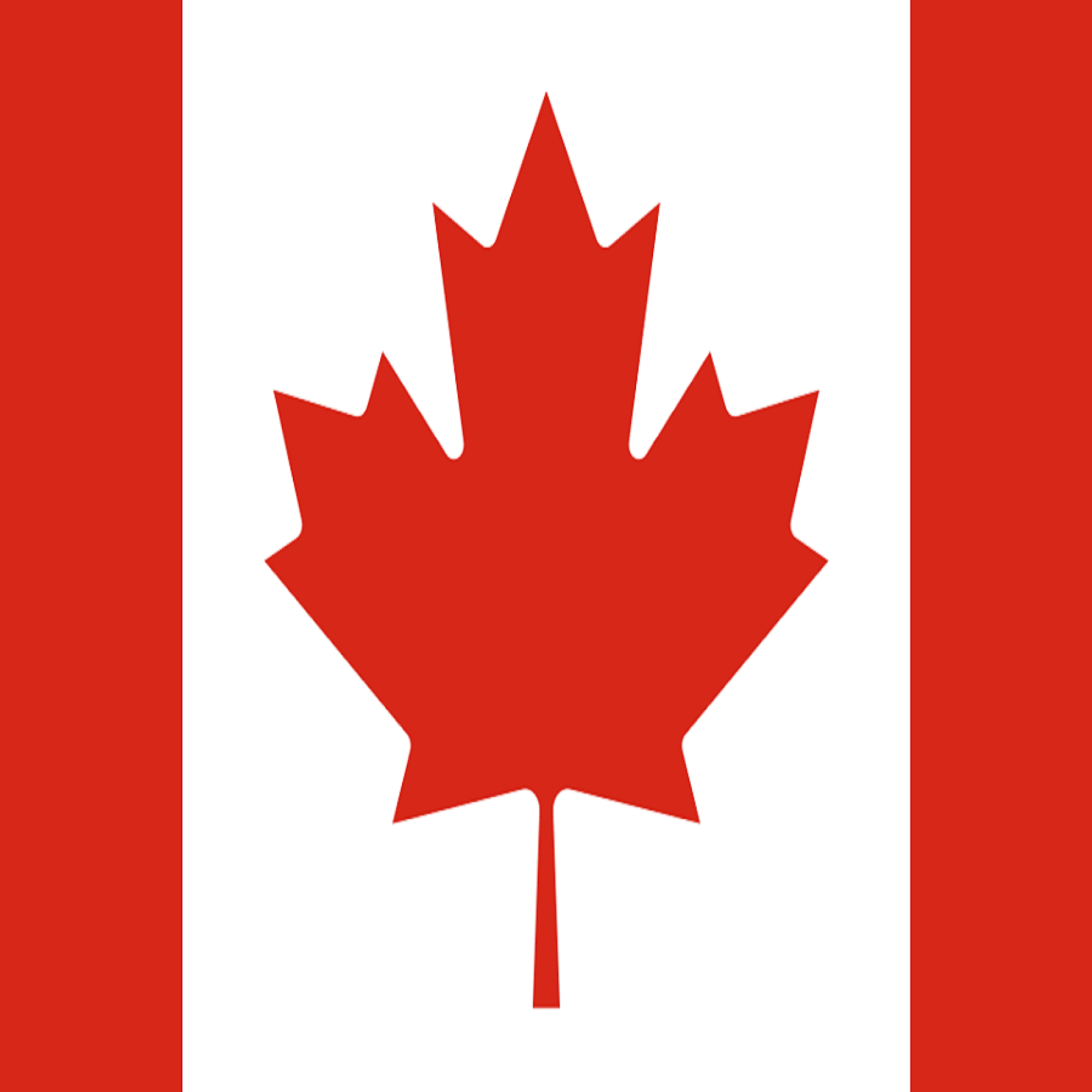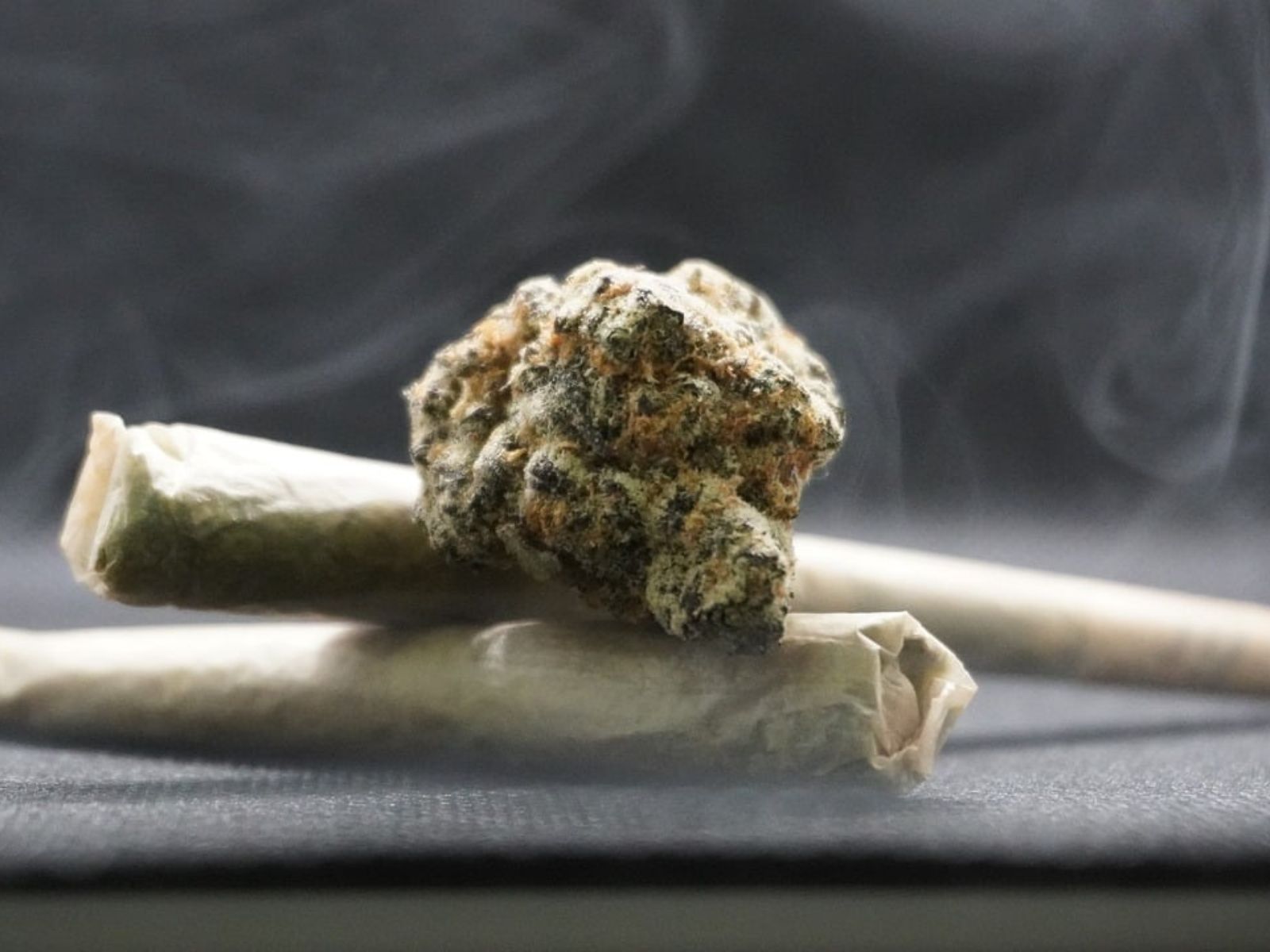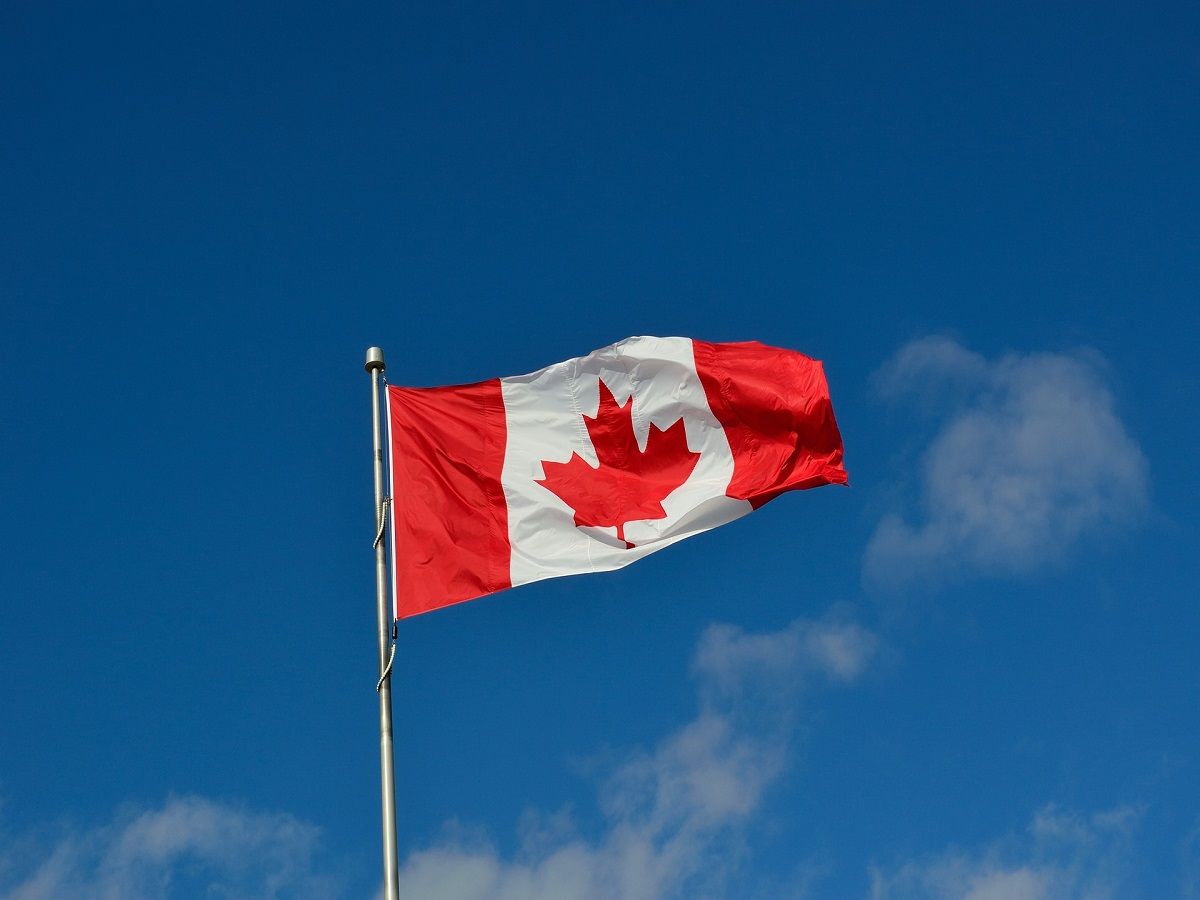
Most Canadian Patients Obtaining Cannabis In Recreational Or Unregulated Markets

Most Canadian Patients Obtaining Cannabis In Recreational Or Unregulated Markets
Despite all the reform in Canada, it appears that long-standing issues for patients have not been solved. Indeed, according to a recent poll that only verified the situation has not changed much in the last year, most Canadian patients are turning to either recreational outlets or the black market for their medication post recreational reform. Indeed, per a poll conducted a year ago by the Canadian Pharmacists Association and Canadians for Fair Access to Medical Marijuana, access issues for patients in Canada have actually gotten more complicated rather than less after recreational reform.
According to the study last year, both cost issues and supply issues also led to another disturbing metric. 64% of legitimate medical users underdose to stretch out their legitimate supply. Most medical patients in Canada obtain their product either by mail order from a licensed producer or via the black market.
Here is another disturbing snapshot. The majority of Canadian medical cannabis users self medicate, which means that the medical system has also not fully integrated the drug. Side effects from drug combinations therefore are a real issue.
Here is the next and most obvious looming conclusion: Canada essentially rushed the entire medical discussion to make sure that recreational reform actually occurred. However, now that the market is legitimized, its best customers (patients) are still left on the side-lines and keeping alive the very black market that recreational reform was supposed to solve.
It is an issue that has not been solved anywhere, and is unlikely to unless the larger questions beyond reform are effectively solved. Namely, how does a so-far high risk and high-cost business justify its existence in an environment where its best customers are priced out of the market without significant government help? And further, that the very same government regulations that the legal industry must follow, also add significant costs to the production bottom line, if not overall cost.
A Conundrum Germany Has Also Not Solved
Across the pond in Germany, the situation is equally lopsided and dysfunctional. The two situations are directly linked, starting with the fact that Germany is both the largest medical cannabis market in Europe and some of its largest producers hail from Canada.
Here, while the cost of cannabis is ostensibly covered under public health insurance, actually getting a prescription written and approved are the big stumbling blocks for the vast majority of patients who would, ostensibly, qualify for the drug.
It is also unclear at this juncture, exactly who is paying for the majority of cannabis being sold in Germany. While the public health insurers now issue quarterly reports and numbers of users on the statutory health side, there are indications that the private insurance market might actually rival it (which means that legitimate patients are paying the sky-high cost here out of pocket, unreimbursed). Not to mention those patients who turn to the black market because they do not know how to get help (the majority of patients in Germany too, in other words).
Bottom line: it is clear that reform so far may help companies serve the recreational sector, but for patients, ironically, the real battle is clearly only just beginning.
For an update on the state of Europe’s continually changing cannabis markets, be sure to attend the next International Cannabis Business Conference in Europe!
Share article
Ticket Prices increase
JANUARY 28

Ticket Prices increase
JANUARY 28

Join Our Awesome Community
Join Our Awesome Community
Join Our Awesome
Community
Get all the latest industry news
delivered to your inbox







